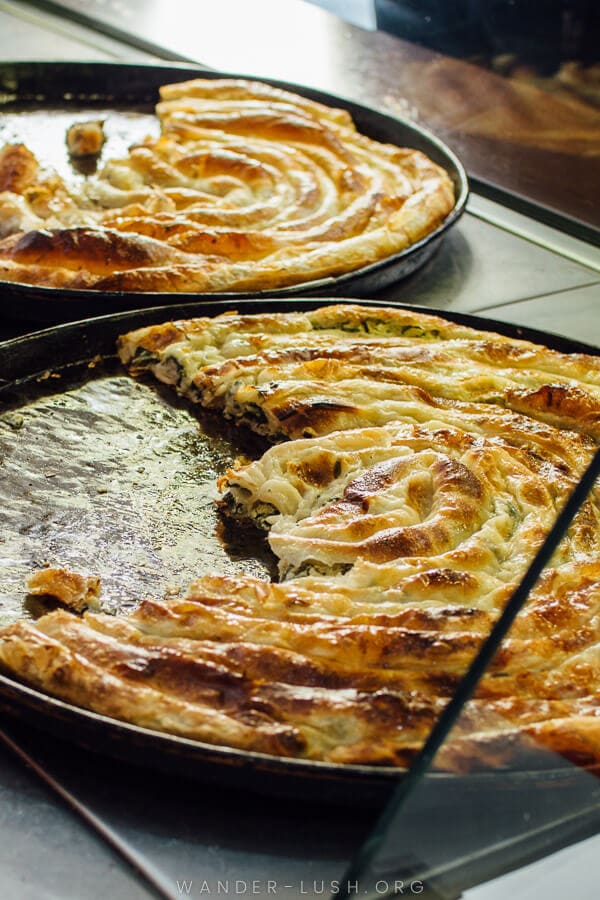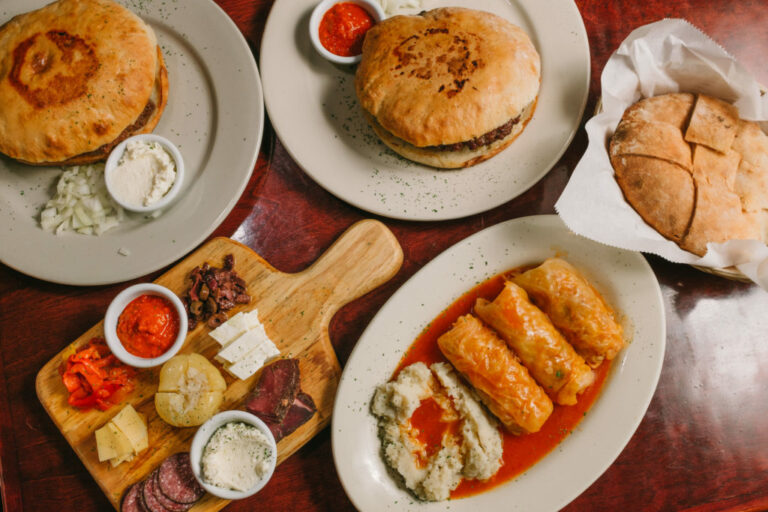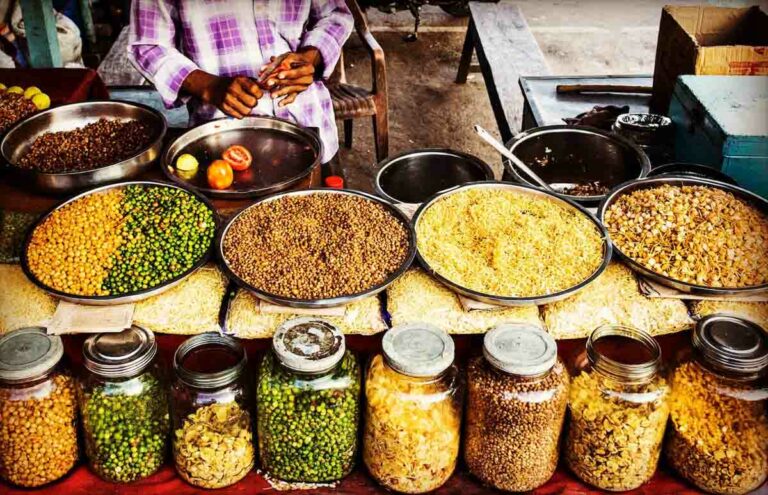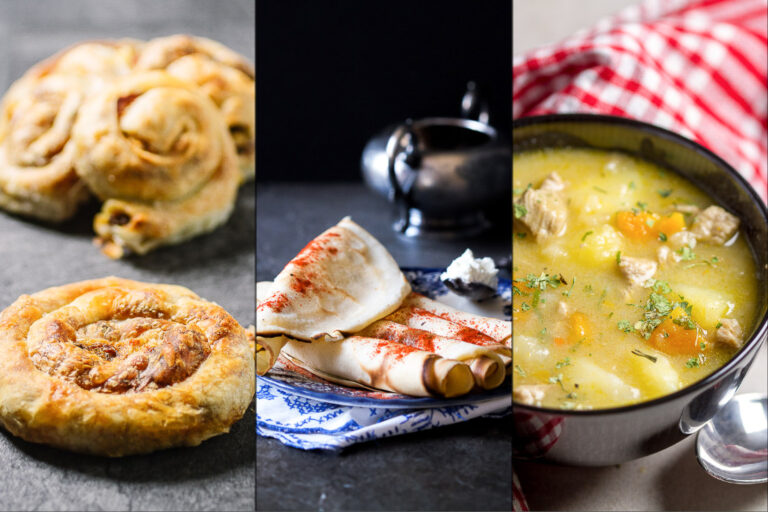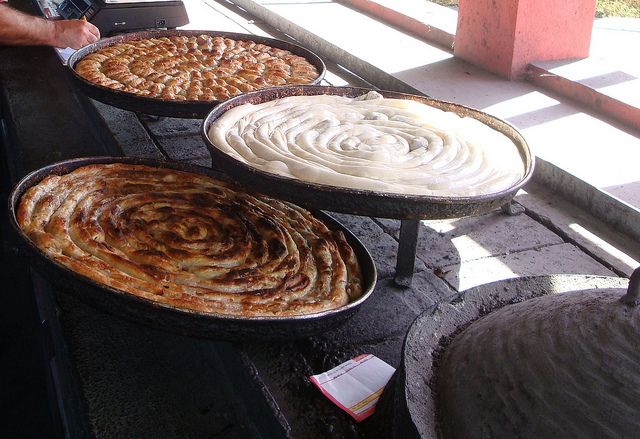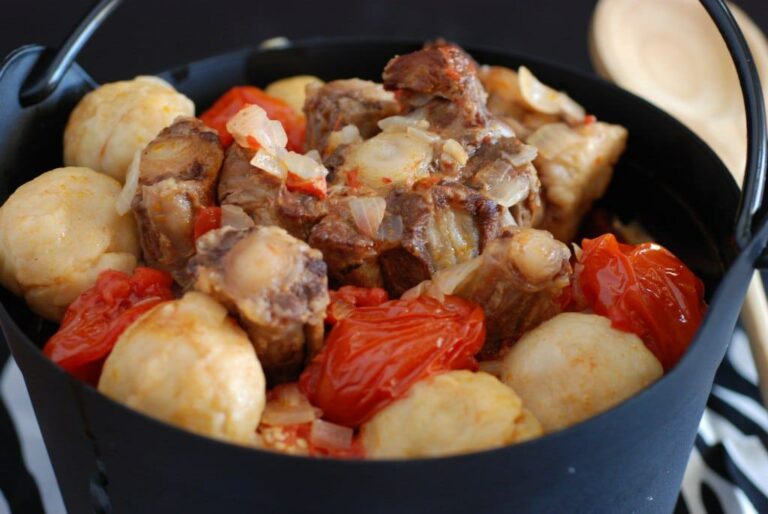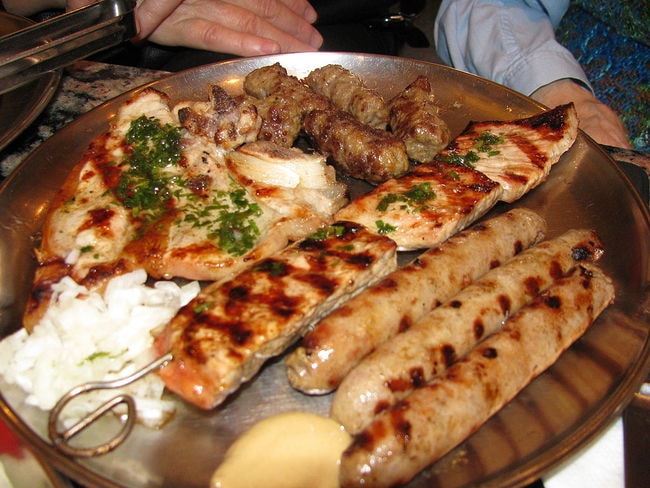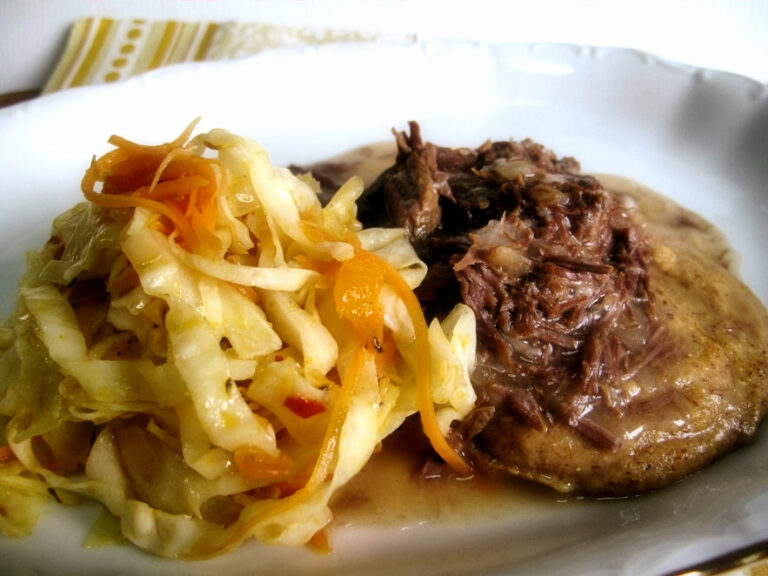Introduction to Food Festivals in Bosnia and Herzegovina
Bosnia and Herzegovina is a country known for its diverse culture, history, and cuisine. The country has a rich culinary heritage that reflects its Ottoman, Austro-Hungarian, and Yugoslav past. Bosnians take pride in their traditional dishes that are made with fresh, locally sourced ingredients. The country has several food festivals and events throughout the year that showcase its diverse cuisine and culinary traditions.
Travnik’s International Festival of Plums
Travnik, a town located in central Bosnia and Herzegovina, hosts the International Festival of Plums every September. The festival celebrates the town’s rich plum-growing tradition and showcases a variety of plum-based dishes and products. Visitors can enjoy plum brandy, jams, cakes, and other sweets. The festival also features cultural events, such as traditional music and dance performances, and a plum fair where farmers showcase their plum products.
Sarajevo’s International Festival of Food and Beverages
The International Festival of Food and Beverages is held annually in Sarajevo, the capital city of Bosnia and Herzegovina. The festival brings together local and international chefs, restaurateurs, and food producers to showcase their products and expertise. Visitors can sample a variety of local and international dishes, wines, and beers. The festival also features cooking competitions, workshops, and seminars on various culinary topics.
Bijeljina’s Ethno Food Festival
Bijeljina, a town located in the northeast part of the country, hosts the Ethno Food Festival every year. The festival celebrates the traditional cuisine of the region and features a variety of dishes made with locally sourced ingredients. Visitors can enjoy grilled meats, traditional pies, and homemade cheeses. The festival also features traditional music and dance performances, and a fair where local artisans showcase their traditional crafts.
Banja Luka’s International Beer Festival
Banja Luka, the second-largest city in Bosnia and Herzegovina, hosts the International Beer Festival every August. The festival brings together local and international breweries to showcase their beers and products. Visitors can sample a variety of beers, attend workshops and seminars on beer-making, and enjoy live music performances.
Mostar’s Days of Herzegovinian cuisine
Mostar, a town located in the south of the country, hosts the Days of Herzegovinian cuisine every year in September. The festival celebrates the traditional cuisine of the Herzegovina region and features a variety of dishes made with locally sourced ingredients. Visitors can enjoy roasted meats, traditional pies, and homemade cheeses. The festival also features cultural events, such as traditional music and dance performances.
Tuzla’s International Festival of Kebabs
Tuzla, a town located in the northeast part of the country, hosts the International Festival of Kebabs every year. The festival celebrates the traditional meat dishes of the region and features a variety of kebab dishes made with locally sourced ingredients. Visitors can enjoy grilled meats, bread, and salads. The festival also features cultural events, such as traditional music and dance performances.
Konjic’s Trout Festival: A Unique Culinary Experience
Konjic, a town located in the south of the country, hosts the Trout Festival every year in May. The festival celebrates the traditional trout dishes of the region and features a variety of dishes made with locally sourced trout. Visitors can enjoy grilled, fried, and baked trout, as well as trout soup and salads. The festival also features cultural events, such as traditional music and dance performances. The festival is a unique culinary experience for visitors who want to explore the traditional cuisine of the region.

